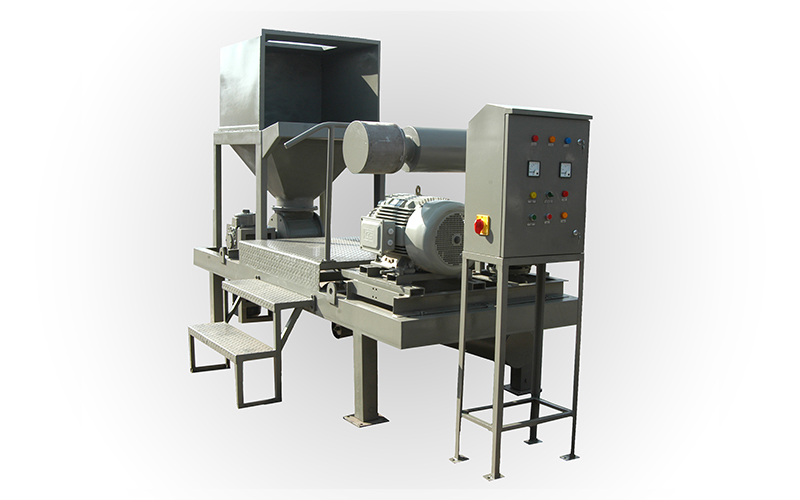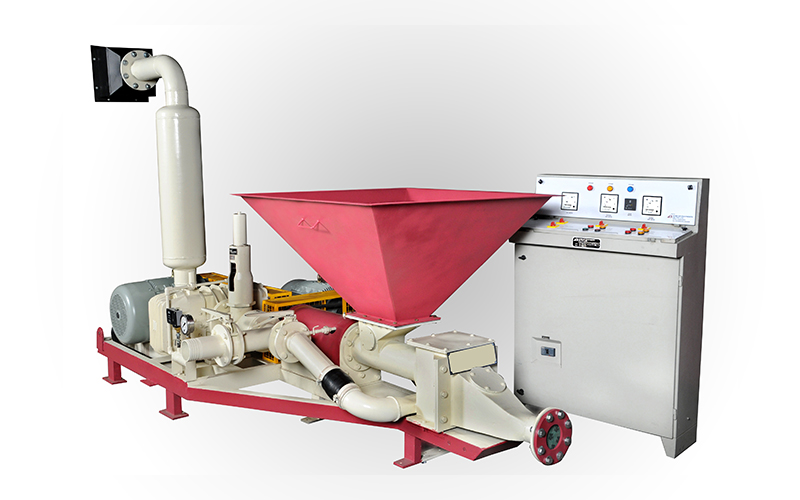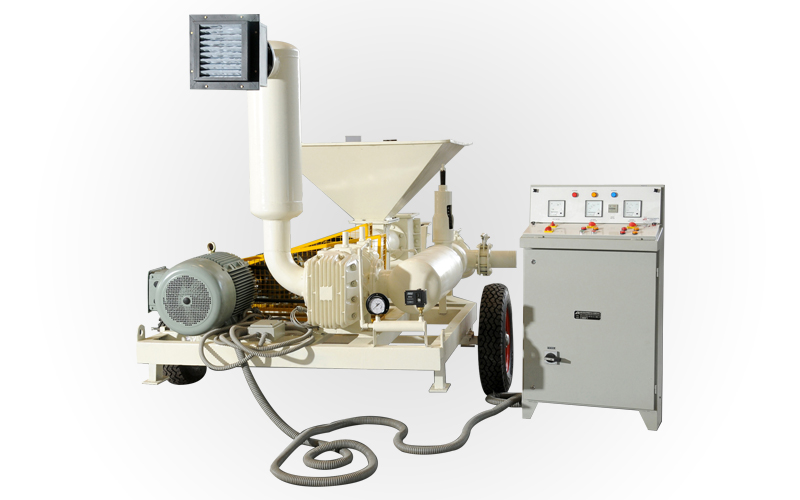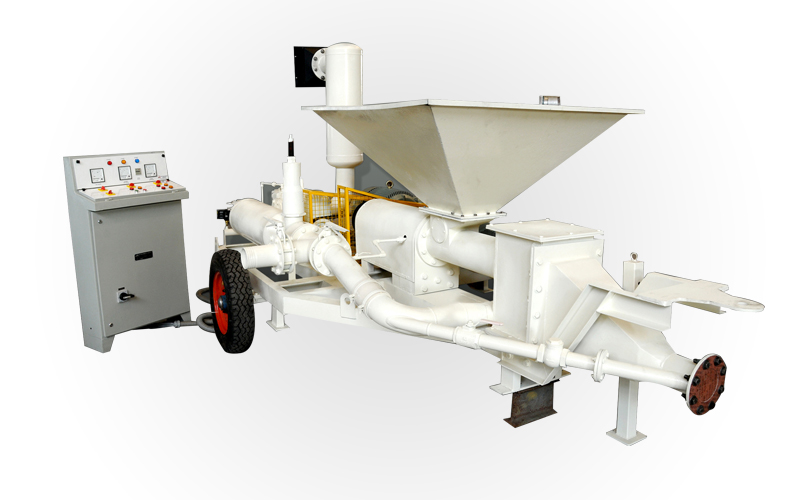
Bhagyoday Engineer is a leading manufacturer of pneumatic conveying systems in Ahmedabad, India. we offering a wide range of systems dense phase. We have experience in manufacturing pneumatic conveying systems for your specific industry and we have to use high-quality materials and construction methods also we are offering competitive prices.
Types of pneumatic conveying systems
Dense phase: Dense phase pneumatic conveying systems use a high-pressure differential to transport materials in a dense, cohesive stream. This type of system is typically used for materials with a high bulk density, such as coal and sand.

What is Pneumatic Conveying System machine?
A pneumatic conveying system is a machine that uses compressed air or gas to transport dry bulk materials or powders through an enclosed conveying pipeline. The material is moved through the pipeline by a combination of pressure differential and airflow from a blower or fan. The positive or negative pressure, inside the conveying line, moves materials safely with little damage or loss.
Pneumatic conveying systems are used in below industries:
- Food and beverage: Pneumatic conveying is used to transport food ingredients, such as flour, sugar, and spices.
- Chemical: Pneumatic conveying is used to transport chemicals, such as powders and granules.
- Mining: Pneumatic conveying is used to transport minerals, such as coal and sand.
- Manufacturing: Pneumatic conveying is used to transport a variety of materials, such as plastics, metals, and wood.
We offer a number of advantages over other methods of material handling:
- Safety: Pneumatic conveying systems are a safe way to transport materials, as they do not involve moving parts or sharp edges.
- Efficiency: Pneumatic conveying systems are an efficient way to transport materials, as they can move large quantities of material over long distances.
- Cleanliness: Pneumatic conveying systems are a clean way to transport materials, as they do not produce dust or other emissions.
However, pneumatic conveying systems also have some disadvantages:
- Cost: Pneumatic conveying systems can be more expensive to install and maintain than other methods of material handling.
- Complexity: Pneumatic conveying systems can be more complex to operate and maintain than other methods of material handling.
- Hazardous materials: Pneumatic conveying systems should not be used to transport hazardous materials, as they could create a safety hazard.
Overall, Bhagyoday Engineer’s pneumatic conveying systems are a safe, efficient, and clean way to transport dry bulk materials or powders. They are a good option for a variety of industries, but they should not be used to transport hazardous materials.
| Specification | Feature | Power HP | Rate in T / Hr. (For Bags) | Rate in T / Hr. (For Bulker) | Operation Mode |
| TCP-1 | RAV | 45 | 6-8 | 25-30 | Single-Alternate |
| TCP-2 | Screw Pump | 70 | 16-18 | 25-30 | Single -Alternate |
| TCP-3 | Screw Pump | 80 | 22-25 | 40-50 | Single-Alternate |
| TCP-4 | Screw Pump | 90 | 22-25 | 40-50 | Dual-Simultaneous |
| TCP-5 | RAV | 120 | 8-10 * | 40-50 | Single-Alternate |



